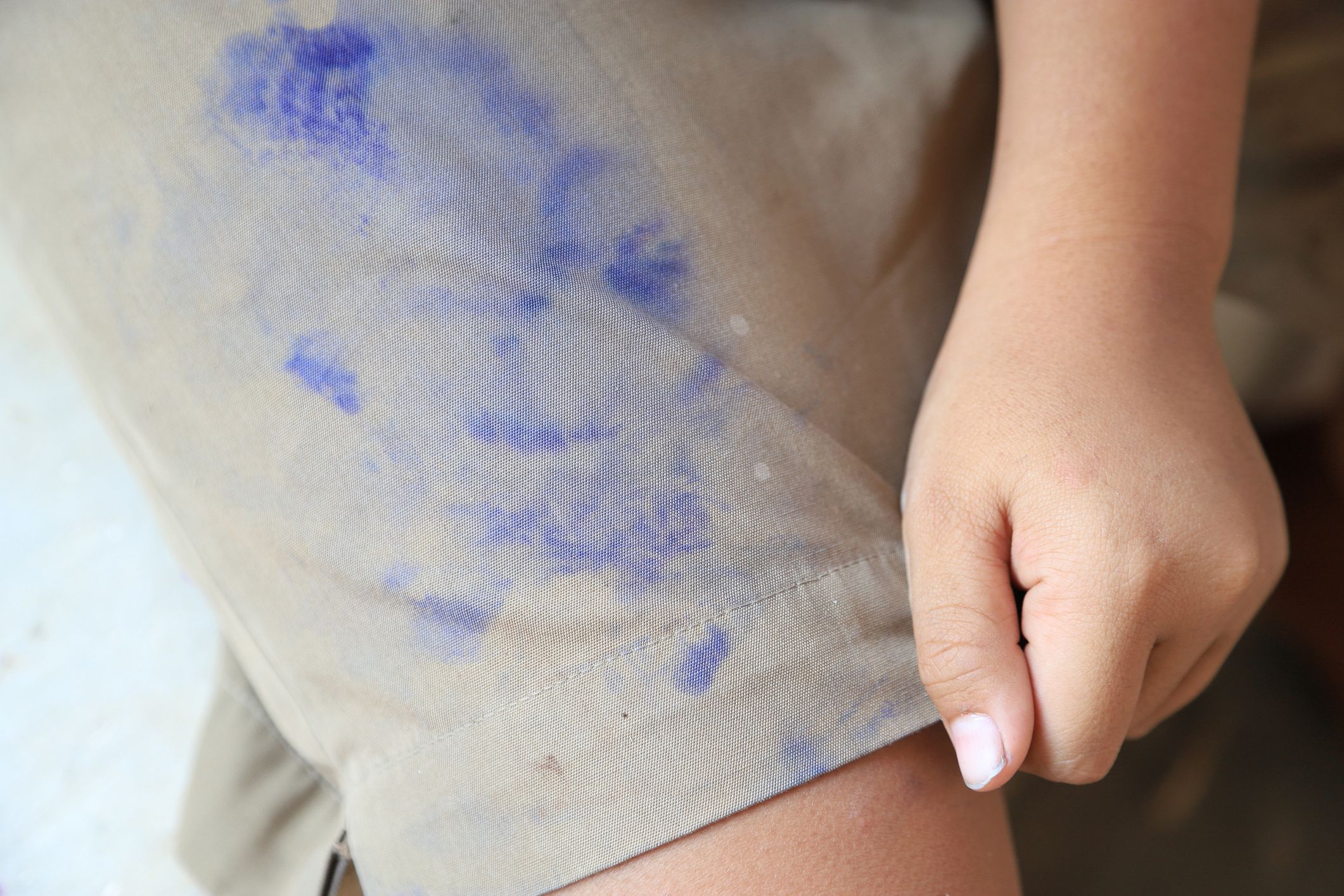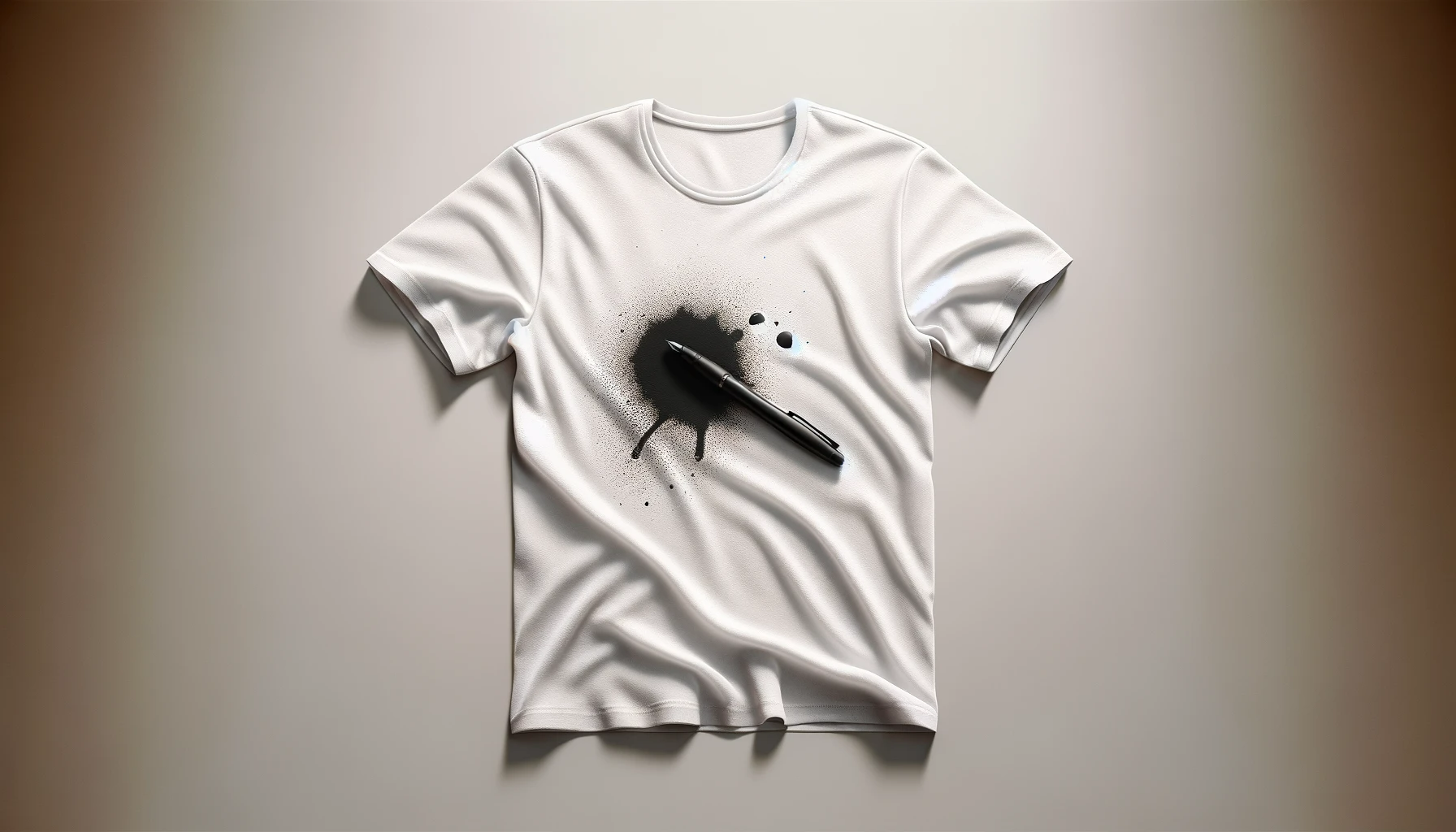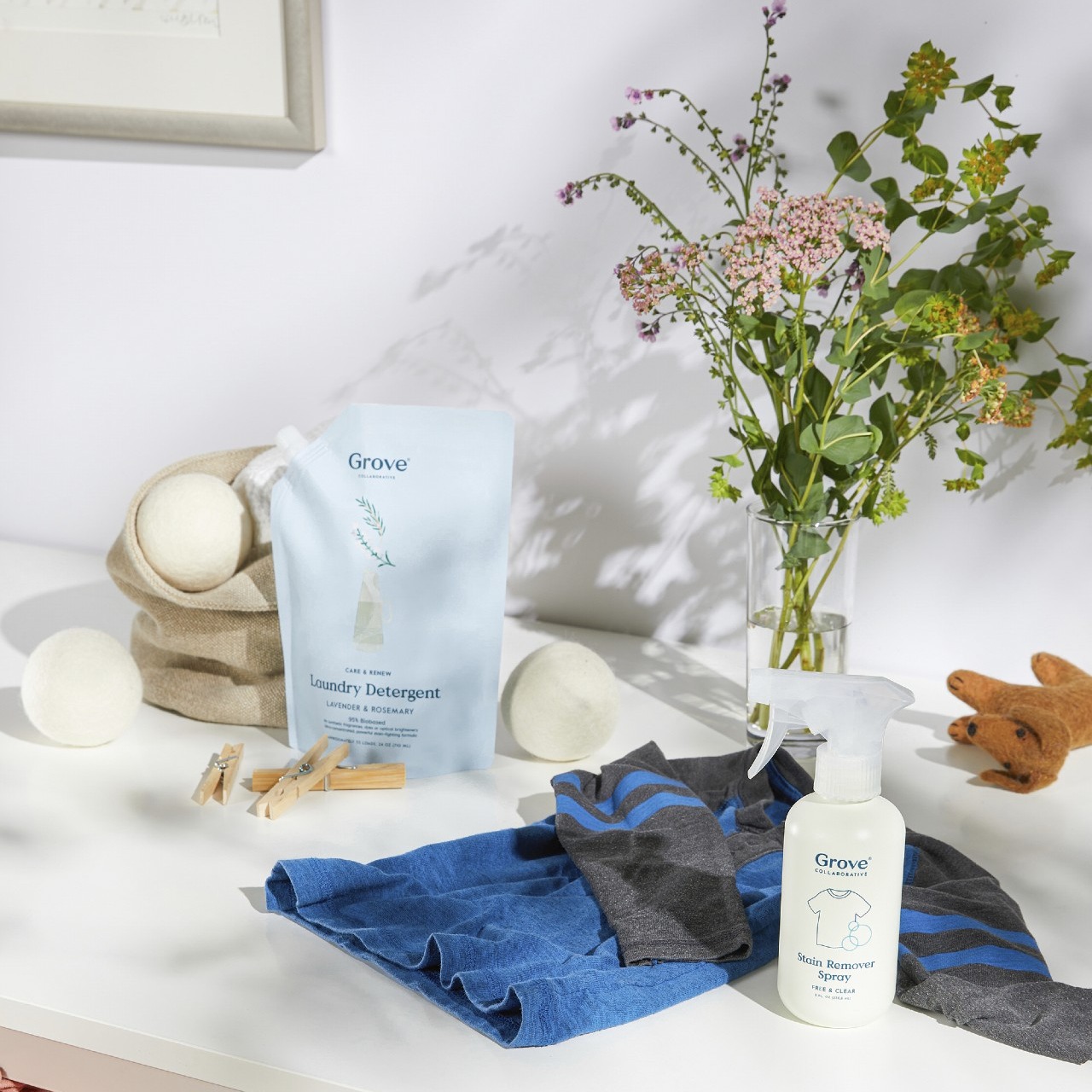Understanding Ink Stains: A Preliminary Insight
Ink stains can be a formidable challenge for any fabric care enthusiast, given their tendency to set quickly and penetrate deeply into fibers. The key to successful stain removal lies in swift action and the right approach tailored to the type of ink and fabric at hand. This comprehensive guide delves into effective methods that not only target fresh ink stains but also address those stubborn, set-in marks, ensuring the restoration of your fabric’s original beauty.

Act Fast: The Importance of Immediate Response
The golden rule in stain removal is promptness. As soon as ink meets fabric, grab a clean, white cloth or paper towel and gently blot the excess ink, being careful not to rub, which could spread the stain. Avoid using colored towels that might transfer dye onto the stained area. Quick absorption of excess ink minimizes its penetration into the fiber matrix, making the subsequent cleaning process significantly more manageable.
Identifying the Ink: Understanding Your Adversary
Not all inks are created equal; they vary in composition, and this knowledge is pivotal in selecting the right cleaning method. Water-based inks, common in felt-tip pens and some markers, respond well to water and mild detergents. On the other hand, alcohol-based inks, found in permanent markers, necessitate alcohol or rubbing alcohol solutions. For ballpoint pen ink, a mix of alcohol and dish soap often does the trick.
The Gentle Approach: Soap and Water Basics
For water-soluble inks, start with a mild detergent solution – a teaspoon of liquid dish soap in a cup of warm water. Apply this mixture directly onto the stain, working it gently with a soft-bristled brush or your fingertips. Allow it to sit for 5-10 minutes before rinsing with cold water. Repeat until the stain fades. Cold water is preferred over hot as heat can set certain types of ink stains permanently.

Alcohol’s Magic Touch: Removing Stubborn Inks
When faced with alcohol-based or stubborn ink stains, turn to rubbing alcohol or isopropyl alcohol. Soak a cotton ball or clean cloth with alcohol and lightly dab the stain, being cautious not to oversaturate the fabric. The alcohol will break down the ink, enabling you to blot away the loosened particles. Follow up with a gentle soap and water treatment to remove any residual ink or alcohol.
Enzyme Treatment: Advanced Stain Removal
For deeply ingrained or older stains, enzymatic cleaners can work wonders. These cleaners contain natural enzymes that break down complex organic compounds, including ink. Apply the cleaner according to package instructions, usually involving a pre-treatment period before washing. Enzyme treatments are especially effective on protein-based inks, demonstrating their versatility in stain removal.
Alternative Solutions: Home Remedies
If commercial products are unavailable, household items like milk, vinegar, or baking soda can also assist in ink stain removal. Milk’s natural enzymes can help dissolve certain ink pigments when soaked overnight. Vinegar’s acidity can loosen dye molecules, while a paste of baking soda and water can act as a gentle abrasive for surface-level stains. Experiment cautiously, testing on an inconspicuous area first.

The Washing Process: Completing the Cleanup
Once the stain is visibly reduced or removed, wash the fabric in cold water with a regular laundry detergent. Avoid hot water unless you’re absolutely sure the stain is fully gone, as heat can fix any remaining ink. For machine washing, consider using a mesh bag to protect delicate fabrics. Air-dry the item afterwards; heat from a dryer can set stains that were not entirely removed.
Preventive Measures: Guarding Against Future Stains
To minimize future ink mishaps, keep pens and markers away from fabrics, especially in pockets and bags. When carrying ink items, use protective covers or containers. Promptly treating any spills, even if they seem minor, is crucial to avoid setting stains. Regular maintenance of your writing tools, ensuring caps are securely in place, can also reduce the likelihood of leaks.

Incorporating Stain-Resistant Treatments: An Additional Layer of Protection
For added protection against ink and other stains, consider applying a stain-resistant treatment to your fabrics. These treatments form a barrier on the material, making it more difficult for liquids and pigments to penetrate and set into the fibers. Follow the manufacturer’s instructions carefully when applying these treatments, and remember to reapply periodically as directed, especially after washing the garment several times, since the effectiveness may diminish over time.
Understanding Fabric Types: Tailoring Your Approach
Different fabrics require tailored stain removal approaches. Natural fibers like cotton and linen may be more forgiving, whereas synthetic materials or blends can be more challenging. Delicate fabrics such as silk or wool need extra gentle care to avoid damage. Always check the garment’s care label and perform a spot test before applying any cleaning solution.

Professional Help for Persistent Stains:
Despite your best efforts, some ink stains may prove particularly stubborn, especially on delicate or valuable items. In such cases, consulting a professional cleaner is advisable. They have access to specialized equipment and cleaning agents that can safely and effectively remove even the most persistent stains without damaging the fabric.
Education and Awareness:
Educate yourself and family members about proper handling and storage of ink-containing items to minimize accidents. Teach children how to cap their markers and pens correctly after use and encourage everyone to report any accidental ink exposure on fabrics immediately, increasing the chance of successful stain removal.
Maintaining a Stain Removal Kit:
Assemble a basic stain removal kit containing an enzymatic cleaner, white vinegar, baking soda, a clean cloth or sponge, and a small brush for gentle scrubbing. Keep this kit easily accessible so you can tackle stains promptly. Remember to include the care labels from your garments as a quick reference guide for fabric-specific cleaning instructions.
By combining these strategies—enzyme treatments, home remedies, careful washing practices, preventive measures, stain-resistant treatments, understanding fabric types, seeking professional help when needed, education, and maintaining a ready-to-use stain removal kit—you’ll be well-equipped to handle ink stains and preserve the quality and appearance of your fabrics.
In Conclusion: Mastering Ink Stain Removal
Successfully removing ink stains from fabric requires a tailored approach, combining speed, knowledge of ink types, and the right cleaning agents. Whether employing basic soap and water, harnessing the power of alcohol, or turning to specialized treatments, the key is persistence and patience. Remember, prevention is always better than cure, but with the strategies outlined above, even the most stubborn ink stains can be conquered, restoring your fabrics to their former glory.









